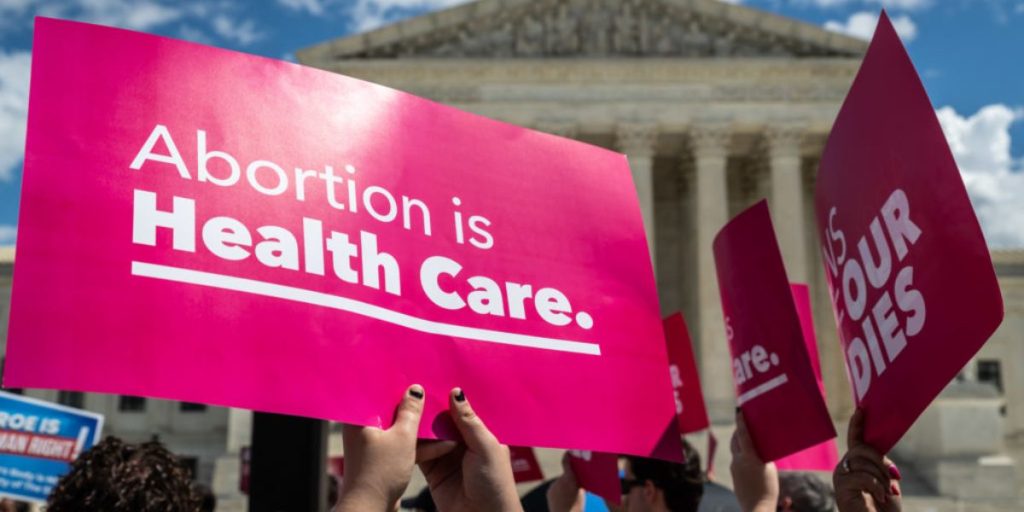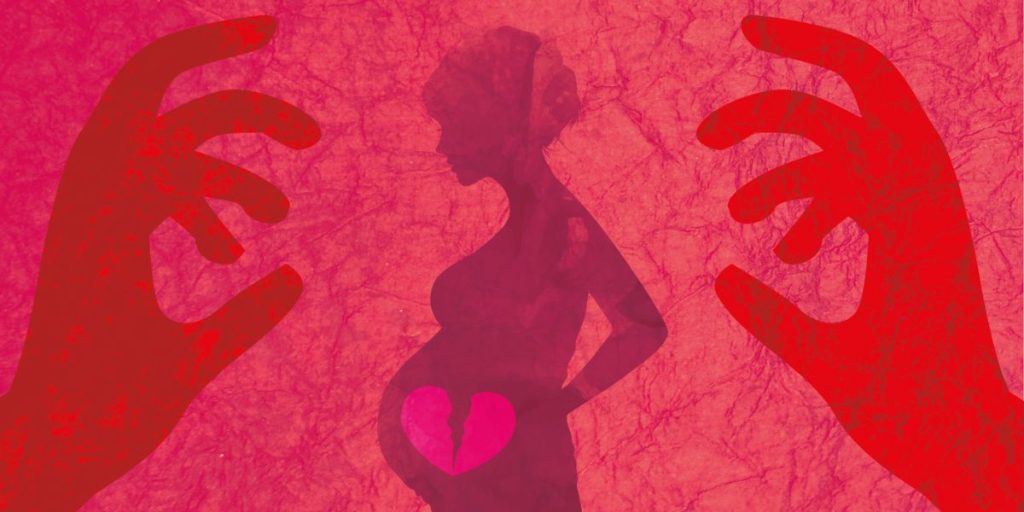Abortion rates in the United States have been a topic of ongoing debate and discussion. Understanding the regional variations is crucial for policymakers, healthcare professionals, and advocates alike. In this article, we will delve into the state with the 2nd highest abortion rate, exploring factors that contribute to these rates and the implications for reproductive health.
In New Jersey, the city with the highest abortion rate in 2020 was 29.2 per 1,000 women of childbearing age. This rate is double the national average and ranks as the second highest in the nation, following the District of Columbia.
Here are some additional details related to abortion in New Jersey:

Access and Availability: Abortion is legal in New Jersey, but access to services may not be uniform across the entire state. Providers offering abortion services are concentrated in certain areas, and some counties have limited access. Surgical abortions are available, but the number of providers offering them is relatively low.
Legislative History: New Jersey has a long history related to abortion laws. By the end of the 1800s, most states (except Louisiana) had therapeutic exceptions in their legislative bans on abortions. In the 19th century, these bans were primarily about protecting the life of the mother due to the risks associated with unsafe abortions.
Recent Developments: In 2018, discussions around the Pain-Capable Unborn Child Protection Act took place, but the bill was ultimately pulled due to opposition from female Republican New Jersey House members. The majority of abortions in New Jersey occur within the first 13 weeks of pregnancy.
New Jersey’s Comparison with Other States

| State | Abortion Rate (per 1,000 women) |
| New Jersey | 29.2 |
| District of Columbia | 32.7 |
| New York | 26.5 |
| Connecticut | 21.3 |
| Massachusetts | 17.8 |
| California | 16.3 |
Reasons for Abortion in the State
- Financial Circumstances: Around 40% of people cite financial reasons for needing an abortion. Many individuals express general financial concerns or state that they cannot afford to support a child. Some mention a lack of employment or insurance as a contributing factor.
- Timing: 36% of study participants mention timing-related reasons. Some feel emotionally or financially unprepared to have a baby. Others believe they are too old to start a family.
- Partner-Related Factors: Almost 31% of respondents give reasons related to their partner. Some individuals report having an unstable or unsupportive relationship with their partner. Approximately 8% express a desire to get married before having children.
- Health Concerns: While not as common, some people choose abortion due to underlying health conditions. These may include threats to the mother’s life or fetal malformations that are incompatible with life outside the womb.
Remember that each person’s situation is unique, and there is no invalid reason to have an abortion. Pregnant individuals should not feel judged or unsafe when making this deeply personal decision.

Read More: Explore the Filthiest City in New Jersey
Is Abortion Legal in New Jersey?
Abortion in New Jersey is legal at all stages of pregnancy. The state has a history of addressing abortion-related laws, which were drafted by the legislature by the end of the 1900s. These laws were also addressed in court during the 1800s in relation to prosecutions of women for having abortions.
Currently, there are no required waiting times, and parental consent is not required. New Jersey has consistently upheld reproductive rights, and access to abortion remains protected in the state.
You May Also Like: 7 Most Affordable Yet Beautiful Cities in New Jersey
Conclusion
While the overall rate is high, it’s essential to consider the broader context of reproductive health and access to services. Abortion remains a complex and sensitive issue, and efforts to ensure safe and accessible healthcare are crucial for all individuals. It is important to note that the situation may evolve, and ongoing efforts are necessary to address the root causes of high abortion rates.
SOURCE: businessinsider.in, Wikipedia, womenscenter.com